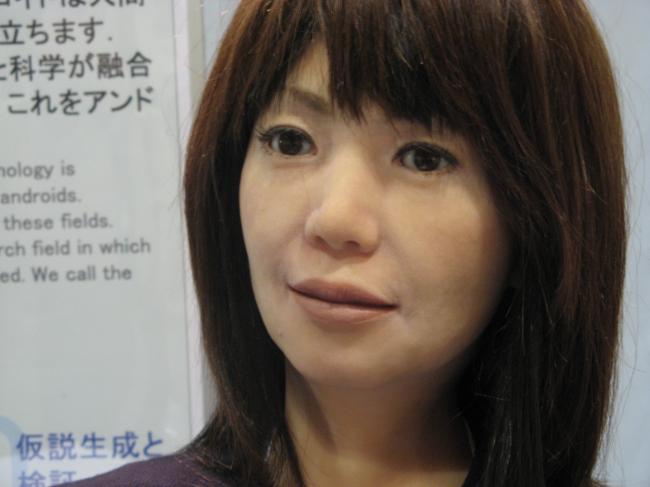What’s the deal with this woman?
Meet Ripliee. She’s an android designed to resemble a human. (For some reason the Japanese are obsessed with building realistic android women…) She’s the result of decades of work, yet it was probably immediately apparent to you that there was something unsettling about her.
How were you able to do that? Because she ran afoul of your amygdala-induced Uncanny Valley.
The Uncanny Valley is a hypothesis concerning the way humans respond to non-human objects. Wikipedia describes the relationship as such:
…as a robot is made more humanlike in its appearance and motion, the emotional response from a human being to the robot will become increasingly positive and empathic, until a point is reached beyond which the response quickly becomes that of strong repulsion.
So once an object crosses a certain threshold, humans involuntarily begin to judge it according to a much stricter set of criteria. At this point, the object’s inability to exhibit the subtlest human traits cause the human to regard it as extremely alien, grotesque even.
This phenomenon has implications for the CG movie industry. At a certain point, the more life-like a CG character is, the stranger and more disturbing it will appear to the audience. This was the subject of a paper presented during the Animated Dialogues conference in Austrailia last month.
The paper’s authors compared viewer responses to characters from the films Final Fantasy and The Incredibles. Paradoxically, it was found that viewers regarded the cartoonish characters from The Incredibles as “more familiar” than the realistically styled characters from Final Fantasy.

